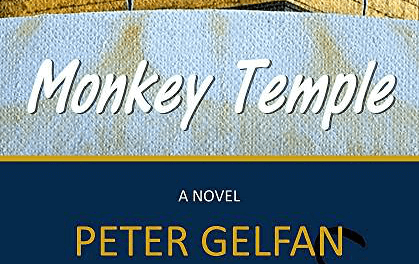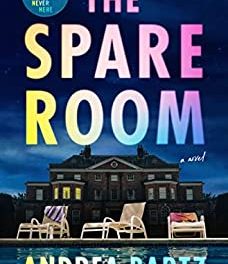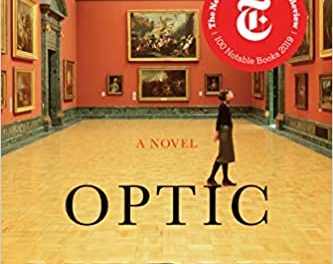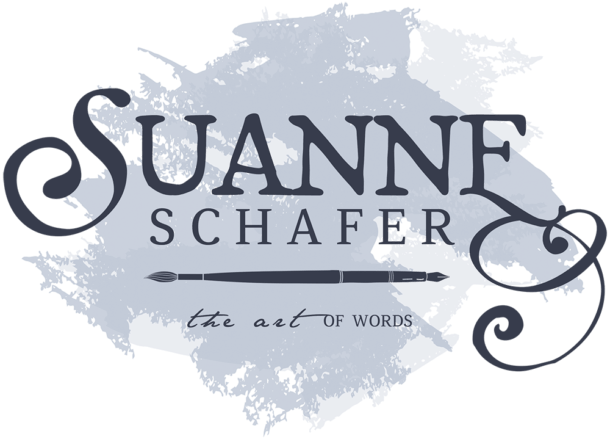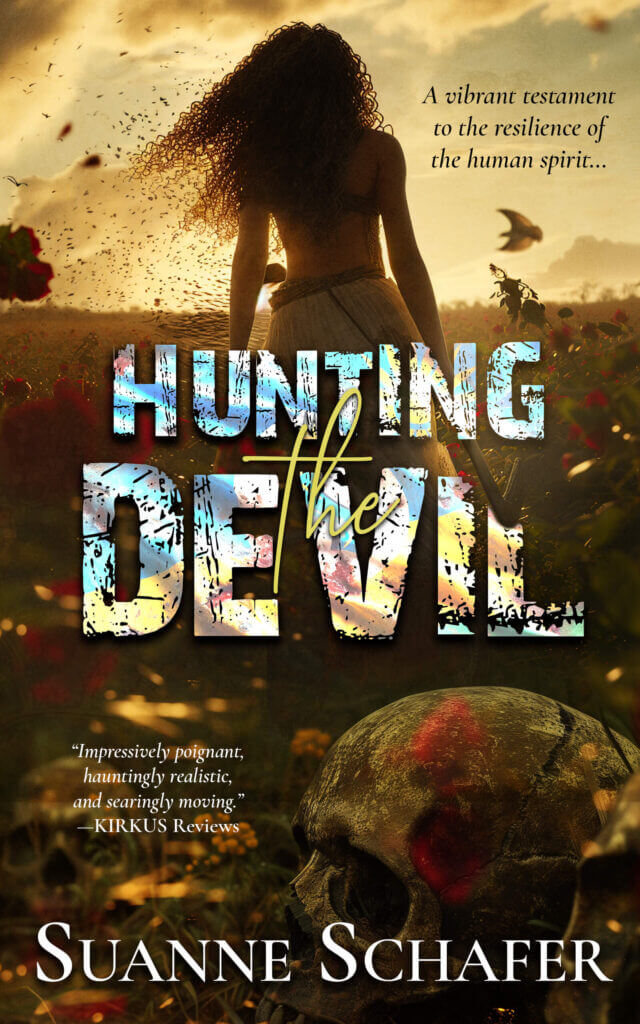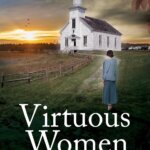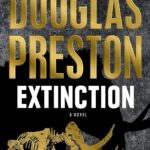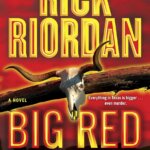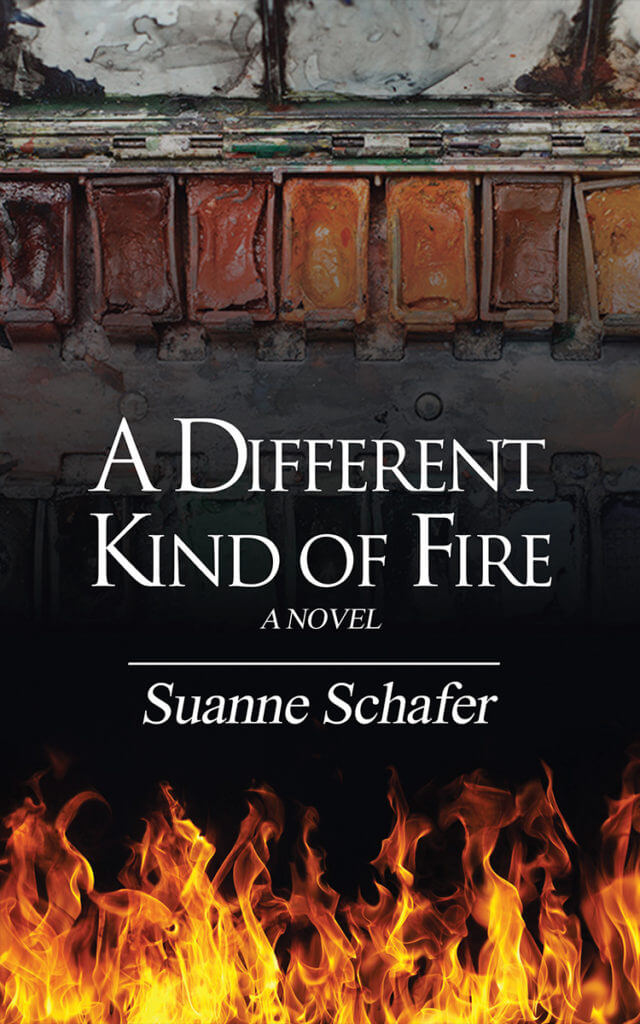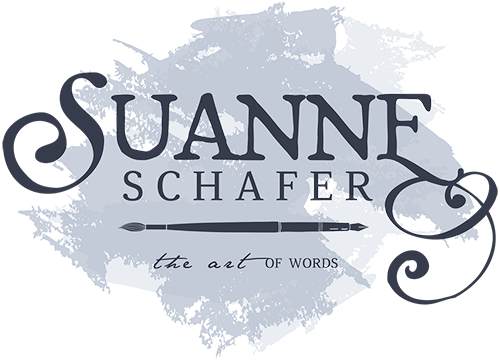I read In a Town Called Paradox shortly after reading Edward Abbey’s Desert Solitaire, set in the same geographic area. Paradox is, in part, the story of how cowboy movies began to be made in Utah—which is diametrically opposed to Abbey’s vision of the West, particularly those areas set aside in National Parks. I grew up in Blanding, Utah during the time in which both books were set—which might explain why I enjoyed them.
In this novel, three lives intersect: Corin, who, when her mother dies, is sent to live with her aunt Jessie on a cattle ranch that’s on it’s last legs; Ark, a young man raised by missionaries in the Amazon then sent to boarding school in England; and Yiska Begay, an innocent Navajo sent to jail on a trumped up charge, then sentenced to life imprisonment for killing another inmate in self defense.
In the 1950s, a town father decides to lure Hollywood producers into Paradox by building a fake frontier town to be used as a set. Overnight, Paradox changes. Sightings of stars like Marilyn Monroe and Rock Hudson become commonplace, and money from Hollywood pours in, allowing the little town to prosper.
Corin falls in love with Ark when he arrives to give a different kind of star-sighting—the heavenly bodies above. A tragic accident wrecks their young marriage. At this point, the third person enters the stage, Yiska Begay. Though the convergence of these three lives seems unlikely, authors Starks and Murcutt pull it off successfully.

